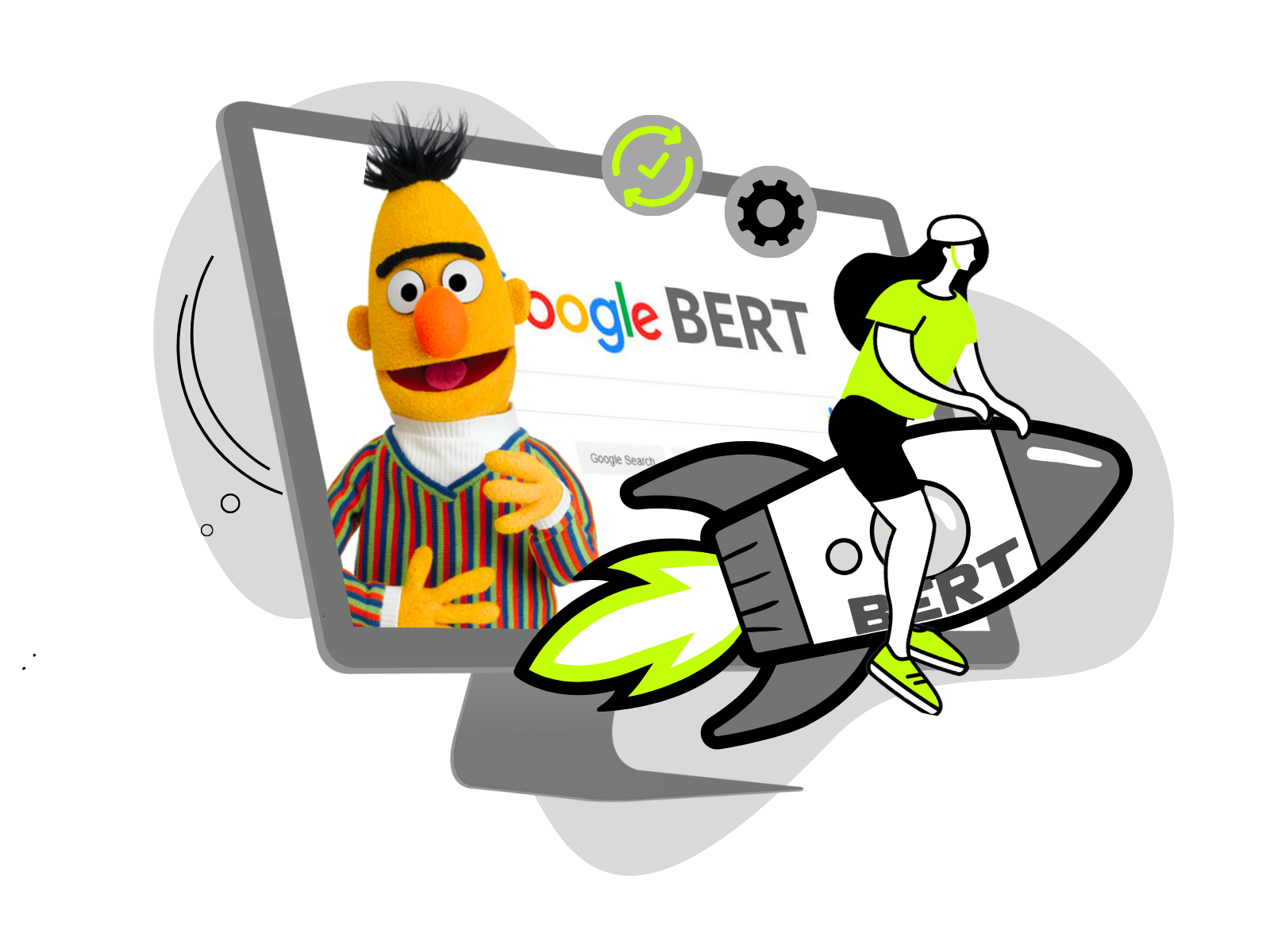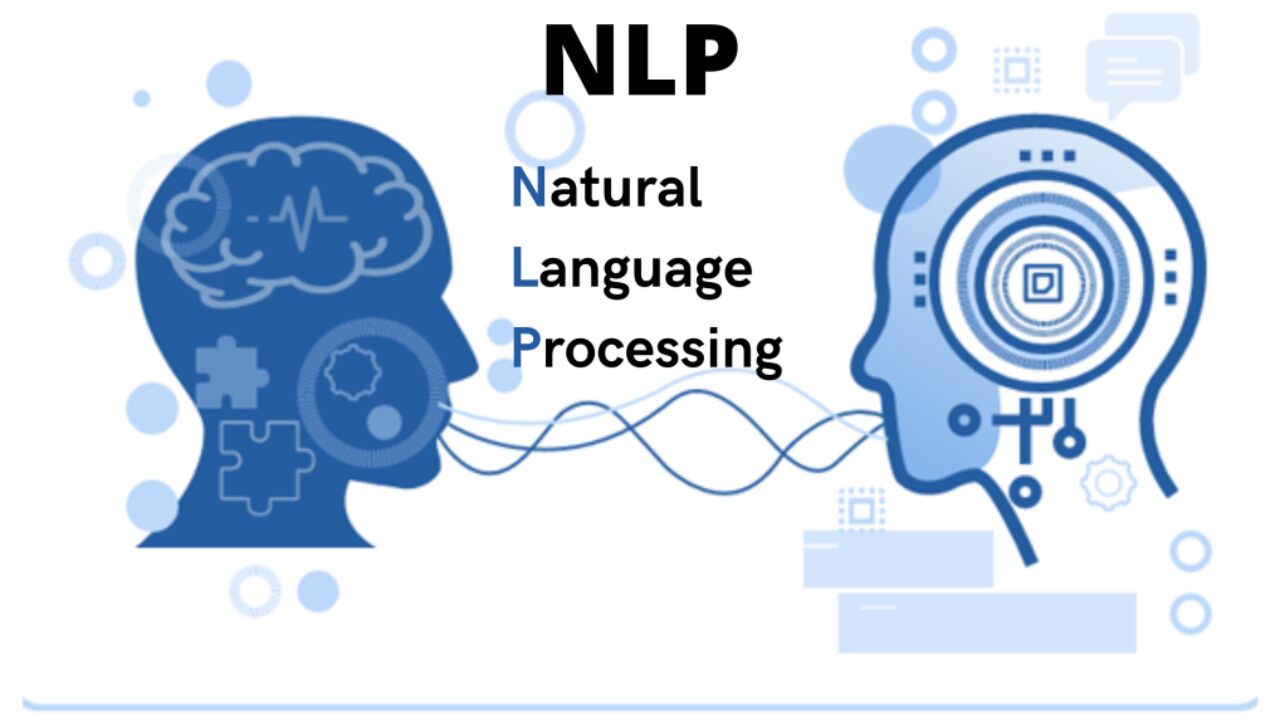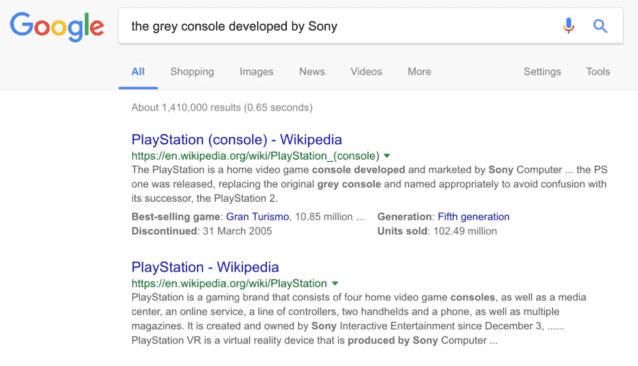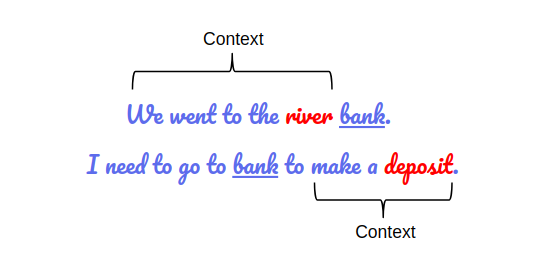What is Google BERT?
When it comes to search engines, Google BERT is a huge step forward that has changed how we see and use online information. BERT, which stands for “Bidirectional Encoder Representations” from the movie “Transformers,” is a big step forward in Google’s ability to understand words. Let’s go on to explain what BERT is and what it means in many different ways.

The Evolution of Search Algorithms
Before we get into the details of BERT, it’s important to understand how search engines have changed over time. Because Google is always trying to make its search results more accurate and useful, it has created complex algorithms like RankBrain and, finally, BERT. Google is committed to understanding user questions in a more complex way, as shown by these improvements.
When was BERT released?
Google made BERT available as an open-source project on GitHub in November 2018. This is where it all began. This change made BERT’s pre-trained codes and scripts available to everyone, so coders all over the world can use its power for a wide range of tasks. Google saw how useful BERT could be and publicly added it to its search algorithm in October 2019. This was a turning point in the history of search engines.
Global Expansion of BERT
When BERT first came out, it was only available in the United States and in English. But Google’s dedication to making the web more open to everyone was clear when, by December 2019, BERT’s app had grown to include more than 70 languages. This global merging made search results much better all over the world, showing that Google is committed to making user experiences better everywhere.
What is NLP Natural Language Processing?
To fully understand how important Google BERT is, you need to learn about Natural Language Processing (NLP), which is the core technology that makes BERT’s language understanding possible. NLP is where artificial intelligence and language meet, and its goal is to help people and computers communicate better. BERT is good at understanding subtleties in real English because it is based on NLP.

The Historical Context of NLP
The first steps towards NLP were taken by Alan Turing in the 1950s. His groundbreaking work laid the groundwork for the field. However, it wasn’t until the 1980s that NLP went from being a set of academic ideas to being used in artificial intelligence. The difficulty of understanding what people say, including different languages, grammar rules, slang, and everyday mistakes, was a big problem that NLP tried to solve.
NLP’s Role in BERT
In the case of Google BERT, NLP is what makes the computer so good at understanding words. As a neural network, BERT gets ideas from the central nervous systems of animals. This lets it learn and recognize complex patterns in human language. A key part of BERT is the Transformer model, which helps people understand how words relate to each other in a sentence. This lets them understand language meaning in a more complete way.
Did BERT replace RankBrain?
A typical misunderstanding is that BERT took the place of RankBrain, which is another important Google tool. BERT and RankBrain work together to make Google’s search system better in different ways.

The Rise of RankBrain
Google’s first step into artificial intelligence was RankBrain, a new program that came out in 2015. RankBrain was mostly about question analysis and putting words and sentences together that mean the same thing. It was a big step forward in understanding search terms because it could change and learn from how users interacted with it.
BERT and RankBrain: A Collaborative Effort
In contrast to a replacement, BERT adds to RankBrain by allowing language understanding to go both ways. RankBrain looks at questions and puts words together based on how semantically similar they are. BERT goes one step further and understands what is happening to the left and right of each word. Because the research goes both ways, we can better understand the subtleties of language, and the two methods work well together.
How does Google BERT work?
When you know how Google BERT works on the inside, you can see how good the algorithm is at understanding words. The two-way method and training process of BERT is very important to its ability to understand complex human language.
Bidirectional Nature of BERT
The thing that makes BERT special is that it can understand words in both directions. BERT looks at words going both left and right, unlike other models that only look at words in one way. With this two-way analysis, BERT can understand what a word means by looking at the words that come before and after it in a statement.
Training BERT: From Text Corpus to Fine-Tuning
BERT’s trip starts with pre-training on a large body of text, like Wikipedia. This is the part where the neural network learns how to use human words. A key part of BERT is the Transformer model, which figures out how words in a sentence relate to each other. This helps the computer understand what’s going on in the sentence.
After pre-training, BERT goes through a process of fine-tuning. It’s given specific tasks, like question analysis, mood analysis, or other language tasks, with inputs and outputs that are based on what the person wants to achieve. BERT can adapt to different needs thanks to this fine-tuning, which makes it a useful tool for natural language processing.
BERT in Action: Beyond Keywords to Context
Unlike the ones that came before it, BERT goes beyond the limits of keyword-centric analysis. It understands what a word means in its full context, taking into account how words relate to each other and their different meanings. This knowledge of the context gives BERT the ability to understand user questions and web content at a level of complexity that has never been seen before in search engines.

Why is Google BERT essential for the search experience?
To fully understand Google BERT, it is important to understand how this algorithm affects the search experience for people. BERT is a strong tool that helps Google with its main goal of organizing web information and giving users the best replies to their questions.
Google’s Mission: Organizing Web Content
The main thing that drives Google is organizing all of the information on the web so that users can find the best and most appropriate replies. To complete this task, Google needs to not only figure out what people are looking for but also understand the subtleties of their searches and the details of web page content.
BERT’s Precision in Understanding User Intent
Google BERT turns out to be a key part of getting this accuracy. BERT gets a better sense of what people are looking for on the web and what they are trying to say by looking at the full context of words, which includes the words that come before and after them. Google can give people search results that are more relevant to what they are looking for because it understands them better.
Beyond Exact Matches: A User-Centric Approach
In the early days of Google, search results were mostly limited to words that were perfect fits. However, the arrival of RankBrain and the increase in BERT’s power caused a paradigm change. The focus shifted from exact matches to a deeper understanding of what the user was trying to find. This freed search results from being limited by strict phrase criteria.
BERT’s Influence on Reading Experience
BERT wants to know what users want more than just making sure search results are relevant; they also want to improve the reading experience as a whole. Website owners are told to write content that sounds like normal speech. This way, they can avoid the problems that come with term stuffing and give users a more interesting and fun viewing experience.
Combatting Keyword Stuffing and Black Hat Practices
Black hat techniques like term stuffing are less likely to happen now that algorithms are shifting from focusing on keywords to focusing on users, like BERT. Website owners are now rewarded for making content that easily connects with readers. This creates an environment where good content is valued more than sneaky SEO tricks.
What are the impacts of BERT on SERPs?
When Google BERT was added to the search algorithm, it caused changes that could be seen in Search Engine Results Pages (SERPs). These changes affected how search results were presented and how relevant they were.

Quantifying BERT’s Impact
Google thought that the use of BERT would affect about 10% of searches in the US. Instead of punishing websites for bad behavior, BERT works on making it easier for users to find what they’re looking for on a website.
A Case Study: BERT in Action
To see how BERT works, think about a search question like “2019 Brazil traveler to the USA needs a visa.” BERT knows that the word “to” is important for figuring out the trip’s direction, which leads to more accurate and useful results. This more complex thinking sets BERT apart from earlier systems that might have missed some prepositions.
BERT and Featured Snippets
Google agreed that using BERT would have an effect on featured snippets, which are the promoted parts at the top of SERPs. With this change, snippets were chosen with more care, giving priority to those that best answered user questions. A search question like “parking on a hill without a curb” shows how BERT makes it easier to figure out what the user is trying to do.
Content and SEO: How to Optimize for BERT?
Now that you have a better understanding of BERT and how it changes the search scene, let’s move on to methods you can use to improve your content in the BERT age.
A Paradigm Shift in SEO Strategies
With the release of BERT, SEO tactics have changed in a big way. No longer is it enough to just focus on phrase optimization; now the focus is on knowing what users want and giving them information that fits those needs.
Decoding Search Intent
Find out what search intent is and how to use it to your advantage when optimizing content for BERT. Webmasters can make sure their pages answer specific questions by figuring out what people really want.
Keywords Reimagined
Even though keywords are still useful, their role has changed. Instead of focusing on exact fits, look into how words semantically relate to each other. Find the main search words and add versions, nicknames, and linked terms to make your material more relevant.
The Power of Quality Content
In the age of BERT, quality material is not just a phrase; it’s a rule. Accept the idea of EAT, which stands for Expertise, Authority, and Trust. Make your content better by meeting these requirements. This will help it gain respect and connect with both people and search engines.
Optimization for User Experience
Say goodbye to the days of term stuffing and other fake SEO tricks. BERT promotes a user-centered method, which means that material is made for people, not computers. Put clarity and normal words first.
Navigating Semantic Relationships
As the exact match model changes, it becomes more important than ever to use the meaning links between words smartly. Look into antonyms, synonyms, slang, and co-occurrences to make your material more interesting and relevant.
A Future-Ready Content Strategy
Because SEO is always changing, it’s important to be able to adjust. Keep up with new trends, changes to algorithms, and changes in how people use the material to make sure your plan is still relevant in the future.
Conclusion
The time of Google BERT marks the start of a new era of more complex search engines. Using NLP, two-way analysis, and a user-centered method together is different from how SEO has been done in the past. Website owners and content authors should welcome this change and put the user experience, quality material, and deep knowledge of search purposes at the top of their lists. As Google keeps improving its algorithms and adding new features, the key to long-term success in the constantly changing world of search engine optimization will be to stay informed and change your strategies to match.


